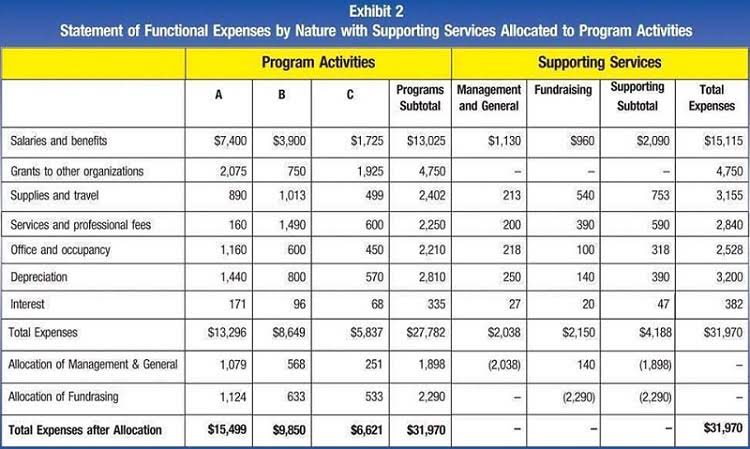Leeds Bookkeeping with Management Accounts & Payroll Services Lequar Construction Services Ltd
Category : Bookkeeping
This video shows you how we onboard a new client company and how we transform their books into a precision construction accounting system. This video shows you the organization, tools, and processes Apparatus uses to deliver precision construction accounting to our clients. The team at DB&B understands the unique challenges that come with accounting for contractors.
- We provide the service, tools, and training you need to close the gap – while freeing you up to do what you do best.
- This video shows you why it is essential that you have a precision construction accounting system and shows you the impact it will have on your growth and profits.
- Our engineers have built incredible technology that works beautifully with our world class team of accountants, and seamlessly flows with the construction management and accounting tools you’re already using.
- Don’t risk unintentional errors or issues that can put your business in jeopardy.
- The team at DB&B understands the unique challenges that come with accounting for contractors.
Monthly and Quarterly Bookkeeping
Invensis is a trusted provider of bookkeeping and accounting for the construction industry. We have more than two decades of experience in delivering accounting requirements for construction companies and contractors. We specialize in managing job costing, including labor, materials, and overhead allocations, which is critical for maintaining profitability in competitive bidding environments. Our construction bookkeeping services team is proficient in handling construction-specific financial management software, enabling real-time updates and seamless integration with existing systems.
Industries of Expertise
She’s also our go-to person for construction estimate accounting, change orders, and full-charge general ledger systems. Once you find an accountant or a suitable tax agent near you to do your tax return, book them in! Usually, your local accountant will need around 1-2 hours to prepare your tax return and may do it while you’re there during the appointment, or finish it off (with your approval) later on. You’ll have the support you need to unlock the power of your construction management software system. They’ve exceeded our expectations and I would recommend them to any construction company needing construction accounting services.
Let’s Build Together with Construction Accounting
We can advise on CIS tax, prepare monthly management accounts, advise on WIP valuations and of course prepare the annual accounts, bookkeeping, payroll and tax returns. Many contractors struggle to maintain a profitable business despite working six days a week. I provide tools, advice and financial guidance so you can keep more of your hard-earned money and reduce your tax liability. We have 30 years of experience handling the unique accounting needs of the construction industry and helping contractors take home what they deserve.
- Affordable Pricing – Our offerings streamline your financial processes and help you save money.
- We offer a range of accounting and bookkeeping services to owner managed business and individuals.
- Platinum is our elite program for our fully stabilized Gold-level clients and is by invitation only.
- Let Apparatus build and operate your Quickbooks® Online accounting system.
- Wade specializes in this industry because he recognized that construction business owners need help in many areas that generalized CPAs don’t know and can’t handle.
- This partnership fosters a culture of financial accountability, ensuring that our clients can achieve their project objectives while maintaining financial health.
- Outsourcing your construction bookkeeping to us will help you save valuable money, time, and other resources.
In 2016, we moved into new offices in Lister House, these provide a client area, two meeting rooms and convenient free parking for visitors.
Professional bookkeepers and controllers who https://digitaledge.org/the-role-of-construction-bookkeeping-in-improving-business-efficiency/ know construction and work inside the tools you already use, like Buildertrend. We help contractors nationwide with remote construction accounting and bookkeeping to ensure they become permanently profitable. Beyond the office, she’s a true crime enthusiast who loves traveling and outdoor adventures.
How Apparatus Onboards a New Client Company
- Our Accounts Payable workflow has generated daily volumes of invoices to be processed, and Outsourced Bookkeeping handles the volume precisely.
- Keeping them separate makes it construction bookkeeping much easier to track cash flow, monitor your business performance accurately, and claim relevant business expenses at tax time.
- Wade Carpenter and his team have helped our construction company to become more organized and running a corporation the way it should be.
- With DB&B as your construction accounting partner, enhanced transparency and budgeting empowers more opportunities.
- Our mission is to provide builders, developers, GCs, and specialty contractors the precision accounting services they need to aggressively grow their businesses and their bottom lines.
- You can focus on what you’re good at while our team deals with the number crunching and construction accounting that you need.
Bryana streamlines the communication and document control process and prevents our clients from working all day in the field only to come home and do paperwork at night. She knows that successful contractor implementation requires clear lines of communication and she coordinates that flow for maximum efficiency. We’ll take the time to understand the specifics of your current situation and where you want to go. At work, Justice is passionate about helping the team make decisions and connections that propel the business forward. He prioritizes client satisfaction by serving as a medium to facilitate communication to the proper channels making sure every issue is properly addressed.
Wade excels at helping contractors achieve permanent profitability in their businesses. Wade specializes in this industry because he recognized that construction business owners need help in many areas that generalized CPAs don’t know and can’t handle. Construction accounting, finance, construction bookkeeping and management have many challenges and issues that most other industries don’t see, but we know well.












